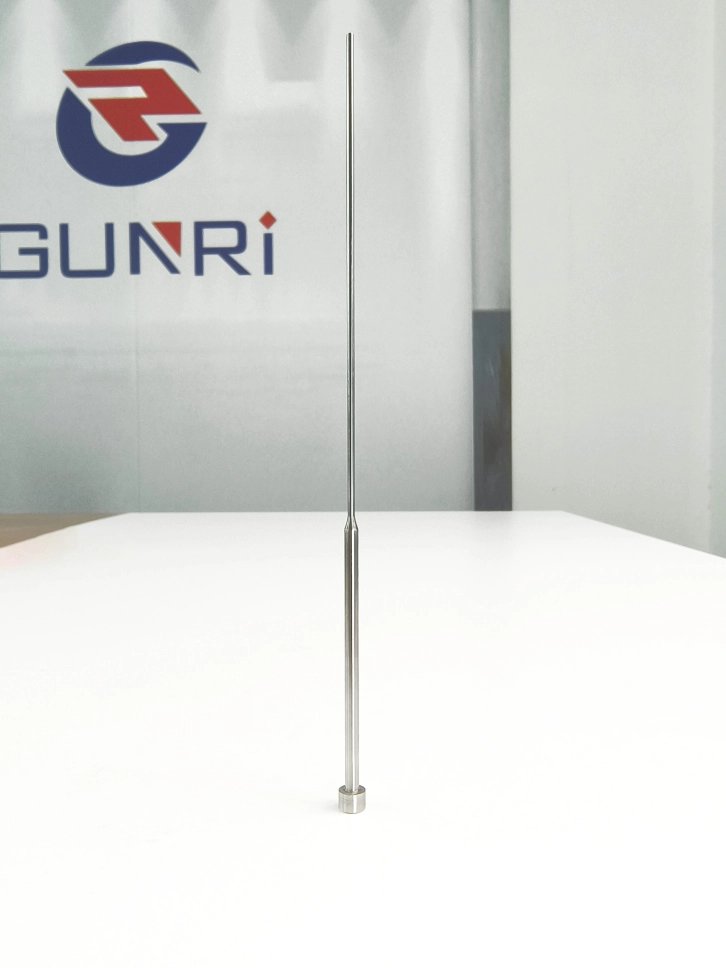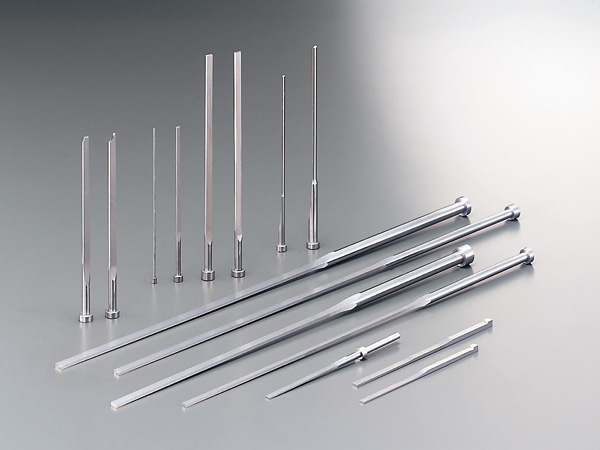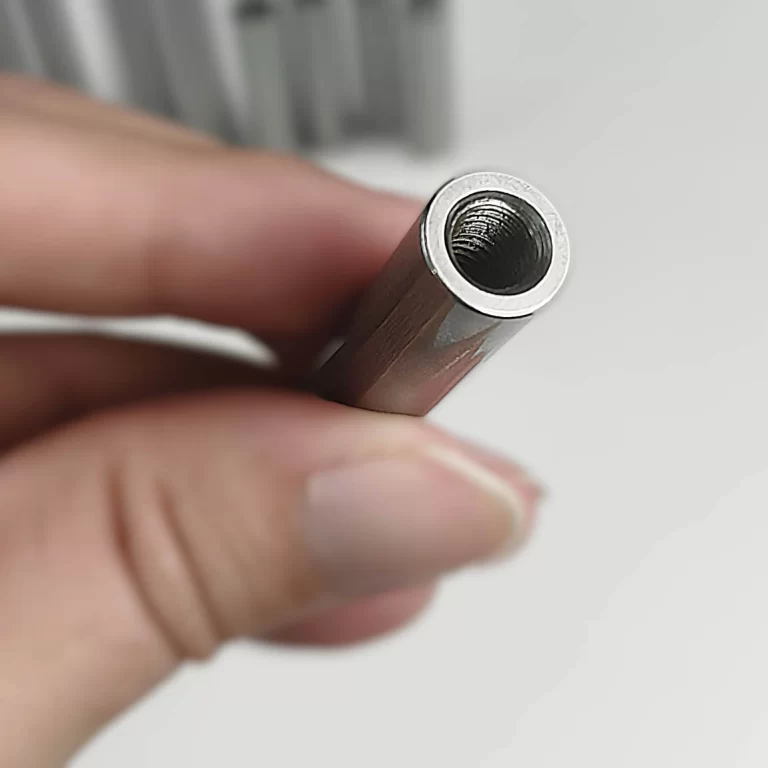Understanding the Mechanism of Self-Lubricating Bronze Plates
Introduction: Self-lubricating bronze plates represent a remarkable innovation in engineering materials, offering enhanced performance and longevity in various applications. This article delves into the intricate workings of self-lubricating bronze plates, shedding light on their composition, properties, and the mechanism behind their effective lubrication.
Composition: Self-lubricating bronze plates are typically composed of a bronze alloy infused with graphite inserts. The bronze alloy, often identified as CuZn25Al5Mn4Fe3-C, serves as the base material, providing strength and durability. The incorporation of graphite inserts is a key feature, contributing to the plates’ self-lubricating capabilities.
Mechanism of Self-Lubrication: The self-lubrication mechanism of these plates is primarily attributed to the presence of graphite inserts. Graphite is a solid lubricant known for its exceptional ability to reduce friction and wear in mechanical components. In the context of self-lubricating bronze plates, the graphite inserts act as a built-in lubricating agent that facilitates smooth sliding and minimizes friction between moving parts.
When the plates are in operation, the vertical sliding direction of the bronze elements is crucial for their functionality. The bronze sliding elements, designed to require minimal maintenance, exhibit inherent resistance to wear. This characteristic, combined with the self-lubricating properties of graphite, ensures prolonged service life and reduced susceptibility to mechanical degradation.
Advantages and Properties:
- Maintenance-Free Operation: One of the significant advantages of self-lubricating bronze plates is their maintenance-free operation. The embedded graphite inserts eliminate the need for external lubrication, saving time and resources in upkeep.
- Wear Resistance: The bronze alloy’s inherent wear resistance, coupled with the lubricating properties of graphite, results in a robust material that can withstand the challenges of high-friction environments.
- Graphite Inserts: The graphite inserts not only provide lubrication but also contribute to the plates’ thermal conductivity. This can be crucial in applications where heat dissipation is a consideration.
Technical Data: The technical specifications of self-lubricating bronze plates, such as density, alternate bending strength, elastic modulus, and temperature range, play a crucial role in determining their suitability for specific applications. These plates typically exhibit low coefficients of friction, allowing for smooth and efficient operation even at moderate speeds.
Conclusion: In conclusion, the self-lubricating bronze plates offer a reliable and efficient solution for applications requiring low friction, minimal wear, and extended service life. By understanding the composition and working mechanism of these plates, engineers can make informed decisions when selecting materials for various industrial and mechanical applications.







